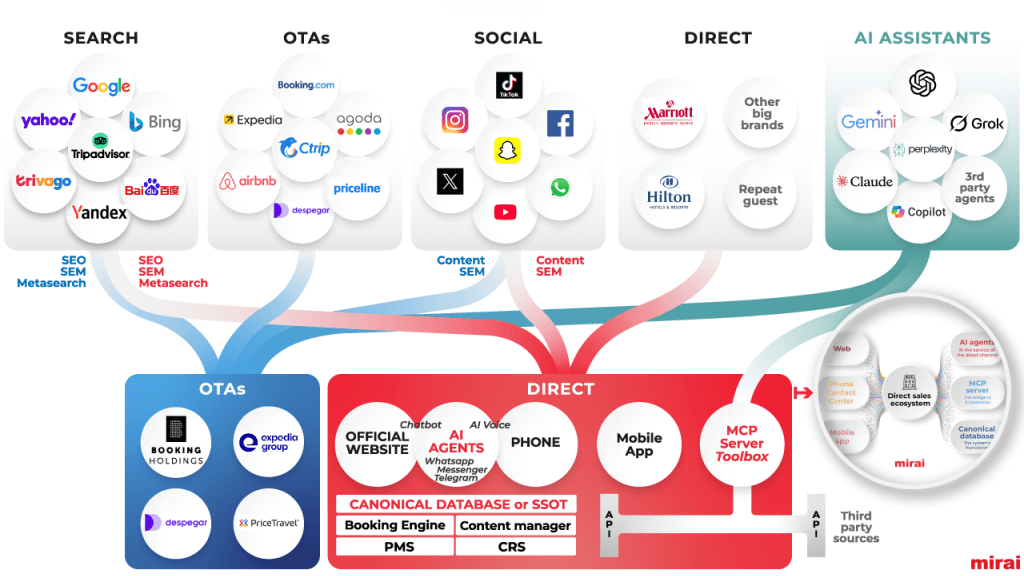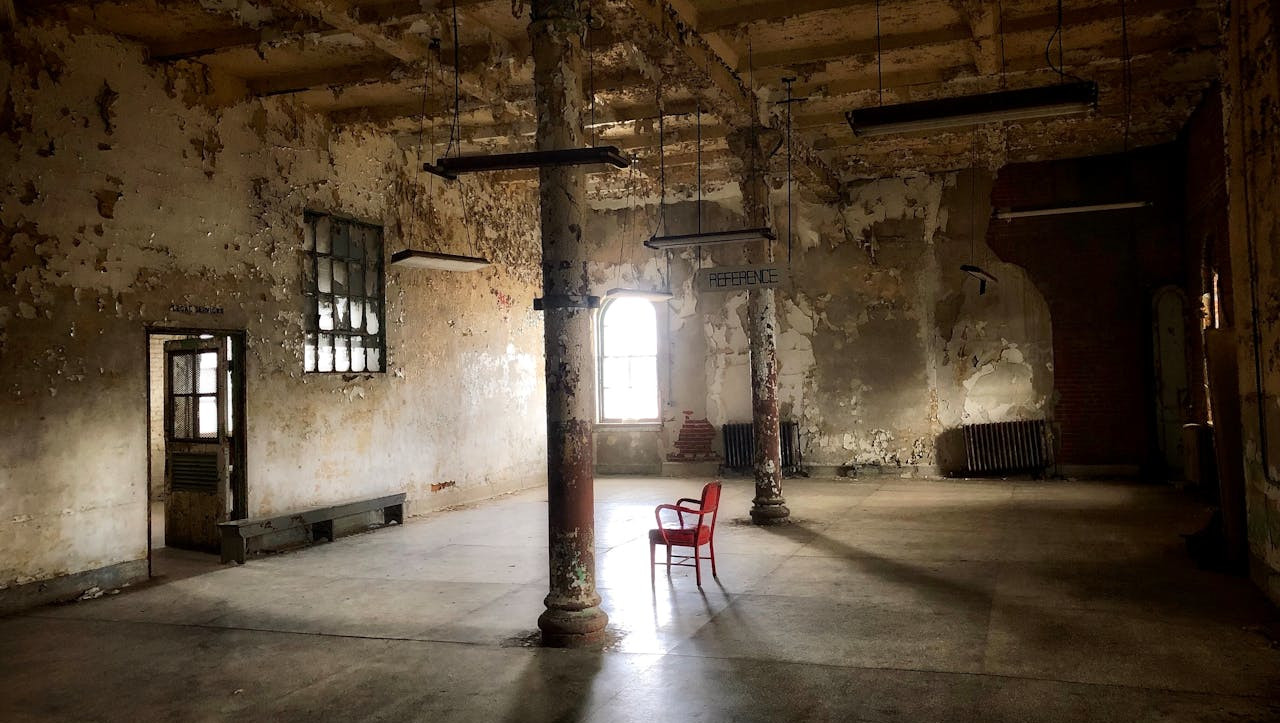
Hotels around the world are bearing the brunt of the coronavirus crisis. It’s crucial for hotels at this time to take the right steps to manage the fast-evolving crisis and grow even during such adverse times.
NB: This is an article from Trivago
In our ‘Rebound after the Coronavirus Crisis’ series, we’re going to help you plan your rebound once symptoms of the crisis pass, and events return to normal. It includes moving beyond crisis response to recovery and post-recovery planning.
Read on to find out how you can create an effective hotel distribution recovery strategy in 3 easy steps to capture post-crisis demand in the hotel industry:
Build a healthy distribution mix
It’s always been important for hotels to diversify their sales channels simply because inventory distribution is the key to more hotel reservations. But the current crisis calls for building the right distribution mix that would allow hotels to increase their bottom line.
According to the research, The Effects of Distribution Channels on the Selling Prices of Hotels in Time of Crisis, the more the hotels diversify their channels, the less they will be affected in crises times. This means that hotels that rely on only one channel find it much more challenging to bounce back than the ones that have a healthy distribution mix, including direct solutions like metasearch and website as well as indirect solutions like Online Travel Agencies (OTAs).
In the hotel industry, the more direct business, the better; even more so during a crisis when it’s crucial for you as a brand to directly communicate and foster relationship with travelers. Additionally, the OTA sector has become all the more complex and costly than before. We’ve seen how during the crisis, major OTAs have forced hotels to refund travelers for non-refundable rates instead of offering booking modifications, thereby confusing guests and causing additional stress for hoteliers and staff in what is already a difficult time.
Thus, the ideal distribution mix during a crisis would include focusing more on driving direct bookings, while ensuring smart distribution across multiple OTAs to reduce dependency.
Independent Lodging Properties and Online Marketplace study, while talking about how properties are reinforcing efforts to grow direct bookings through digital innovations, identifies metasearch, a well-designed website, and an efficient booking engine as effective distribution channels.
Know your post-crisis audience
As a hotelier, you might already have a clear idea of who your target audience is. But trends might change during the post-crisis time. Let’s take the example of Mainland China, where the hotel industry has already started showing early signs of recovery.
STR, in its report on hotel occupancy in the post-crisis Mainland China, concludes that most of the 31.8% hotel occupancy in late March stems from corporate travel, primarily within the same province, as well as small-scale meetings. Overall, there’s limited leisure market in city centers but a bit more recovery in that segment in surrounding suburbs.
The report can be used as an indication of what type of travelers you’re going to receive in the near future. This is the time to start developing your hotel distribution strategy for those kinds of travelers. For example, if your hotel is located in the city center, you can promote your business solutions, like conference hall, meeting rooms, and private rooms to the corporate sector. On the other hand, if you’re located in the suburbs, you can promote staycations to leisure travelers.
In short, it’s essential to rely on the local market to replace lost business.
Communicate with empathy
Marketing and distribution go hand in hand because making yourself efficiently visible on every sales channel is crucial to winning maximum bookings. Marketing your rooms and services relevantly and compassionately is very important during this time as people are afraid of making hotel reservations. So, how do you communicate with your audiences during the crisis?
As indicated above, you might have to reallocate your marketing and distribution budget to focus more on the domestic market during the post-crisis period. Thus, it’s essential to review your digital marketing campaigns and ensure that your local markets are targeted. Assure your hesitant guests that it’s safe to travel locally. Soft sell your local hotel solutions on direct channels, like metasearch, social media, and your website to show sensitivity and provide travel inspiration to your followers. Also include timely communications of safety guidance and related actions that adhere to local government policies.
It’s also a good idea to set up a digital on-site latest news or updates hub for all the latest hotel policies and information. Here, you can keep your guests informed of your new booking policies, like free cancellations and/or flexible check-ins.




